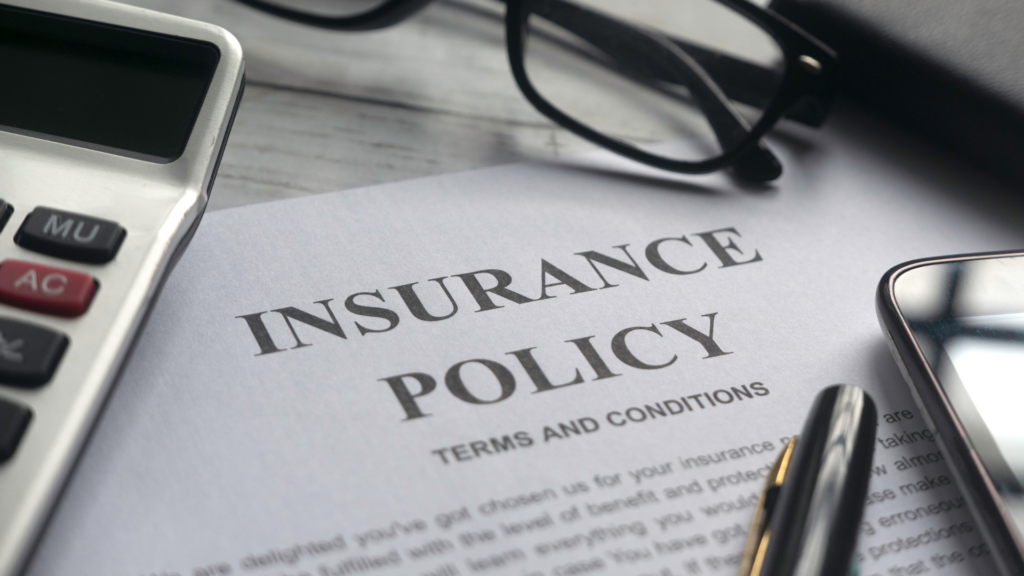Equine insurance is not just a safety net; it’s a necessity for horse enthusiasts. Ownership shifts, like leasing out your prized stallion or mare, trigger a crucial update call to your insurance broker.
When you lease, it’s a different saddle game altogether – you’re not just handing over the reins; you’re sharing the risks and responsibilities.
When you lease out your horse, it’s not just about finding a match made in equestrian heaven.
It’s about getting down to brass tacks: who will insure the horse, at what value, and what’s the deal with the lease’s expiration?
These questions aren’t just important; they’re the backbone of a secure lease agreement.
Insurance policies
Insurance policies for leased horses mirror those for owned ones, with a twist in the tale. The lessee and lessor must reach a consensus on insurance specifics to avoid future hurdles.
Laura Connaway, an authority from Connaway & Associates Equine Insurance Services, cautions about overlooking these essentials.
So, who puts the horse under their insurance umbrella? It’s about who has a stake in the horse’s welfare. The usual suspects are lessors, co-owners, or lessees.
A full mortality policy is your start line, promising a safety net for the darkest days, theft, and humane endings.
Add a splash of medical coverage for those unexpected vet visits, and you’ve got a comprehensive policy.
The How-To of Horse Insurance Notification
Notify your insurer faster than a thoroughbred out of the gates when leasing. They’ll want the lease’s nuts and bolts: who’s involved, the lease term, and the financials.
Ensure the lessor’s the policyholder for continuity’s sake – a smart move for keeping the horse under a familiar policy, especially if it returns from lease less than perfect.
Lessees, fear not; you can still have a say and get reimbursed for those vet bills by being added to the policy.
Calculating the Horse’s Coverage Capital
Calculating a horse’s insured value is more art than science. The going rate is triple the annual lease price, but this isn’t set in stone.
A show-stopping performance history might bump up the value. But remember, a horse’s market price sets the ceiling – you can’t insure for gold when it’s silver you’re holding.
How Do You Insure a Leased Horse: Conclusion
The final furlong of a lease means making calls to the insurer to add or remove the lessee, or to cancel the policy if the magical ride is over. Transfers are usually a no-go, so always check the policy’s pulse with your insurer.
Tackling liability is like clearing a jump – it needs expertise. A watertight lease includes clauses that cushion the lessor from lawsuits, thanks to the inherent risks of horse handling.
Depending on the lease’s dance card, a liability policy might just save the day if the horse decides to play rough with someone else’s toys.
Keep the lines with your insurance agent busier than a hay bale at feeding time. They’re the trail guides in the wilds of equine insurance, ensuring you’re saddled up with confidence for the leasing journey ahead.
To cap it off, this isn’t just a trot through insurance land; it’s the blueprint for a worry-free lease stride.
With a fine mix of protection and foresight, horse leasing can be as rewarding as a clean show-jumping round. Now giddy up and get those policies in a row!








